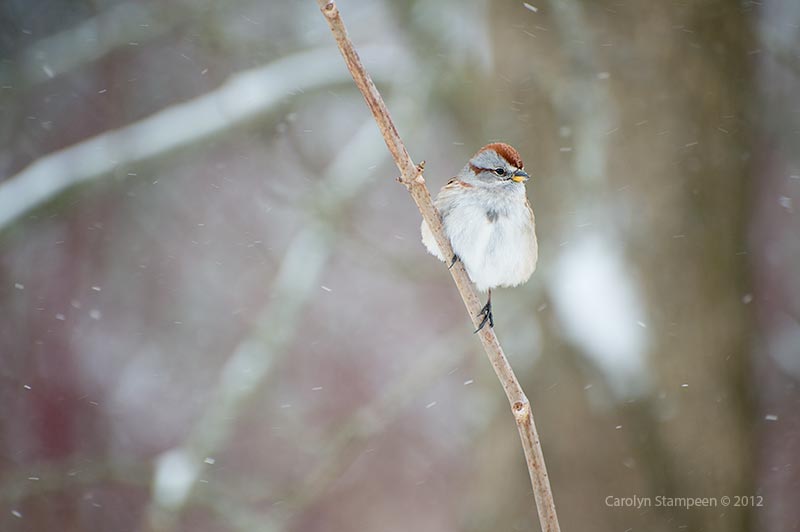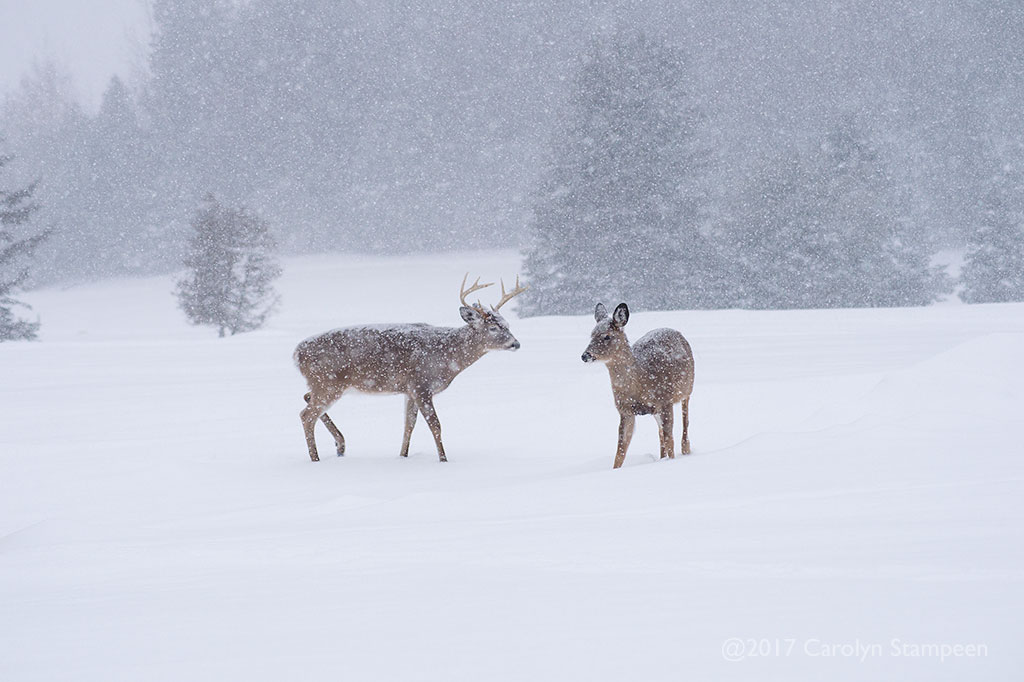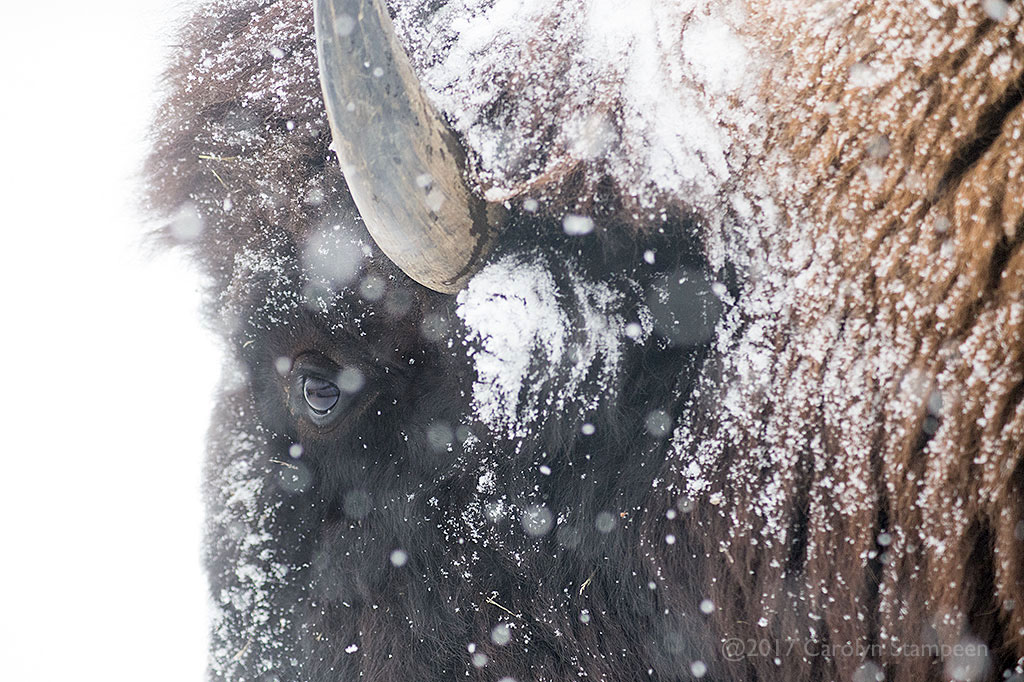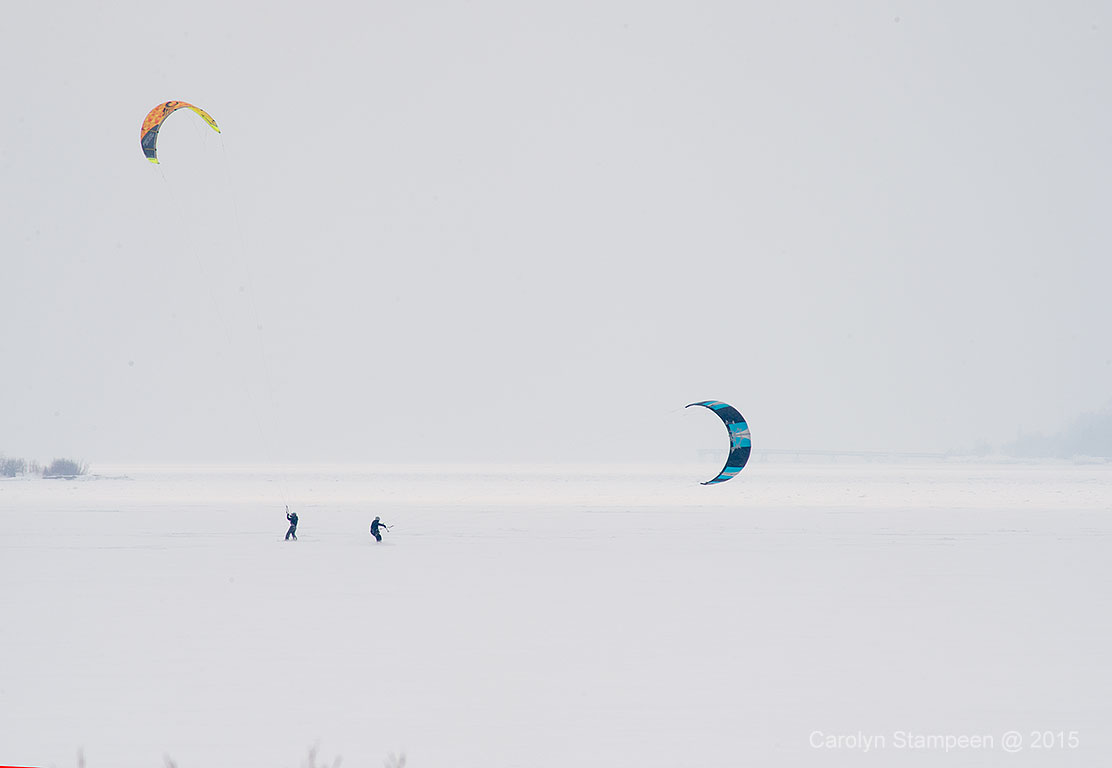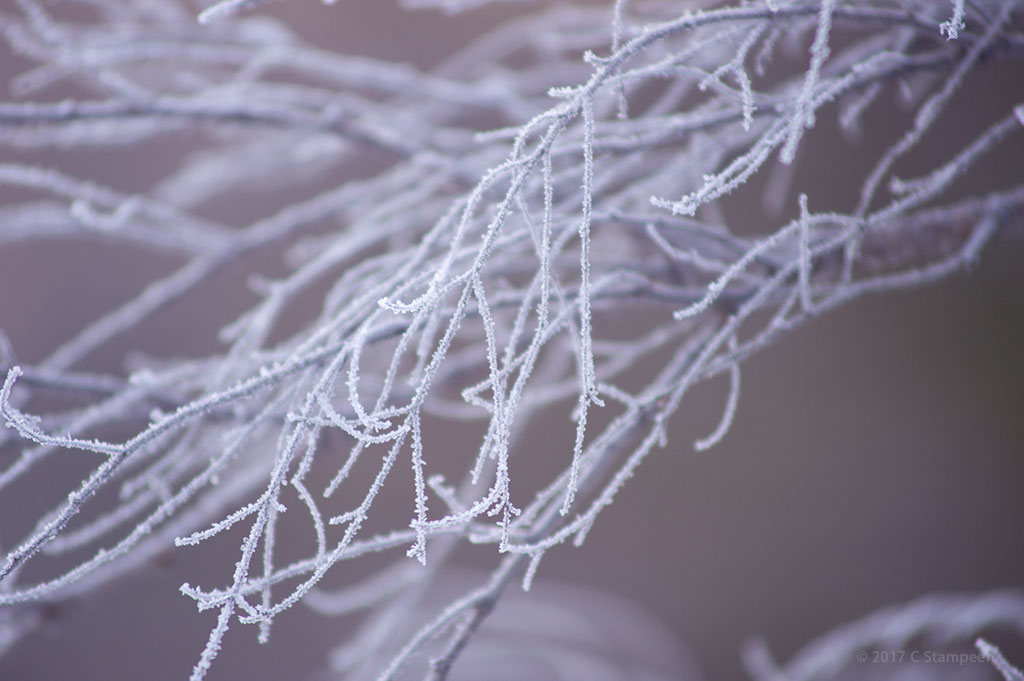A friend got his first DSLR over Christmas and was excited to get out and start experimenting with it, but was a little cautious about going outdoors with it in the cold, so emailed me for any pointers I might have. We are not talking San Francisco Bay area/Petaluma cold – we are talking about wearing-boots-that are-actually-designed-to-keep-feet-toasty cold, where when you walk indoors, your glasses (if you wear them) instantly fog up.
I thought that I would make a basic list here in case the information is useful to anyone else — if you have something to add, please do.
• Dress warmly so that you can enjoy your day outdoors! Don’t underestimate warm socks, good boots, a hat, earmuffs (yes, even with a hat — it can make a huge difference, as we lose a lot of heat through our head and ears), scarf and gloves. If you’re going to be out for a long time and it’s particularly cold, maybe mittens and hand warmers to warm your fingers up from time to time (mittens are warmer than gloves). Jeans hold cold next to the skin, facilitating hypothermia, so if wearing denim, consider some leggings of some sort underneath (long underwear idea). You might want to consider them regardless, if it’s very cold outside. Or even wear ski pants.
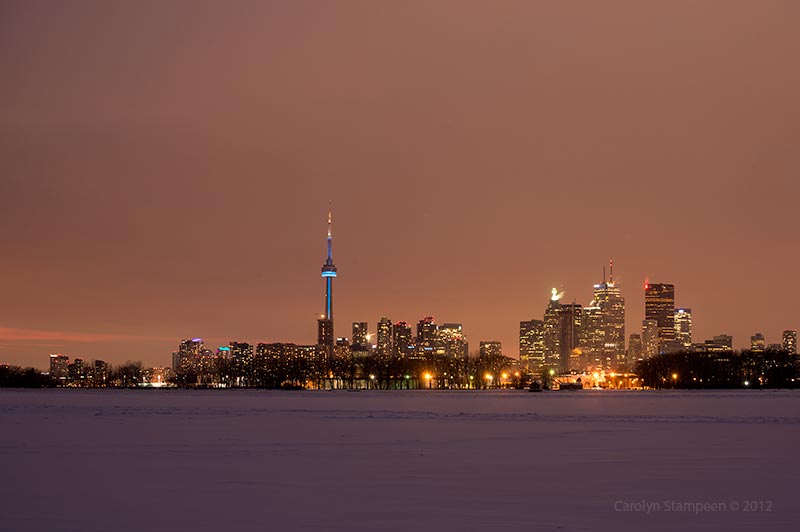
• Batteries won’t last as long in the cold — the colder it is outside, the shorter their life. If you plan on being outside for any period of time, it might be a good idea to 1) take a spare battery and 2) put the battery in an inside pocket if you have one (the idea is to keep it as warm as you can until needed). If you do have to change your battery, try putting the dead battery in that same inside pocket. Sometimes warming a battery up will bring back some of its life, just in case you need the extra battery later.
• While not using your camera, put it in your camera bag to keep it out of any wind that might allow your camera and battery to get colder than necessary. If it’s really windy, you might want to consider wrapping an extra scarf around the body when you’re shooting.
• If it’s snowing, particularly if it’s wet, you might be concerned about your camera getting wet. Something as simple as one of those shower caps you get in hotel rooms is a really cheap and easy thing to put over your camera to keep it dry and still allow for easy use of your controls. If not really wet, just make use of that scarf. My scarf for cold winter weather is a very large mohair scarf, so I often have it do double duty, as it’s long enough to wrap around my neck and provide some shelter for my camera.
• If it’s snowing, a lens hood, always a wise thing to use, is fabulous for keeping the snow off your lens — who wants water drops ruining a shot or wants to continually have to clean off a lens?
• When you are outdoors, particularly if it is a bright day, merely looking at the image preview may not be an accurate preview of your image and its exposure. Get comfortable with looking at the image’s histogram — it will be a more accurate look at whether you are nailing your exposure in a given lighting situation. Snow can screw with your camera’s metering, so checking your histogram will also help you compensate properly for white scenes.
• When you come back into the warm, be sure to put your camera into its camera bag first. Remember those glasses fogging up when going indoors? Your camera will do the same thing. Allowing the camera bag to warm up first before pulling out your camera will help avoid any problems with condensation.

